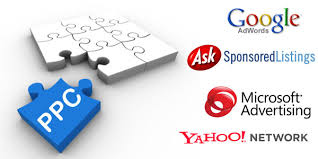One of the major shifts that have taken place in media consumption over the last ten years has been the transfer of the control from the advertisers and publishers to the consumer. The radio audiences now personalize their programming with the use of satellite radio or the internet, the TV viewers now screen their commercials through the use of DVR systems and the users of the internet now have the ad-blocking software while some just train their eyes to ignore the advert displays. The result of this is that the traditional paradigm, the one where adverts are forced on the audience, is starting to lose its usefulness and in its place, a new model is emerging.
In an article recently published on the Guardian, a new online model for the newspaper was proposed. The idea was that the newspapers would learn to use their exclusive advantage online, the credibility, through the presenting of the appropriate advertisers next to the services, products and the activities that they review. However, some of the responses voiced concerns with Jill Drew, a former Washington Post business editor, saying that although he sees how the shift made sense from a publishing point of view, for him it was crossing the line between journalism and commerce and he was not comfortable with that.
A solution to these worries is that in the model, the newspapers should not or often do not work straightforward with the vendors but with the aggregators and these represent the multiple retailers. For instance, the New York Times linked the ten best books in 2009 that it had recommended on the Holiday Gift Guide to 3 probable buying avenues: Barnes & Noble, local booksellers and Amazon. Also, another solution can be the use of contextual ads that are generated automatically. For example, the algorithm of Google Adsense is able to fit relevant ads to content like that and it can work as a firewall between the vendors and the newspapers.
Furthermore, the news papers have always had to deal with the business pressures that endangered their integrity. Whether it is a TV network that brings into light a safety concern with an automaker or a newspaper prints a negative story concerning a bank which is the largest advertiser, the threat to ethics has always been present. The print industry can thus no longer afford to make just slight adjustments for the upcoming media. The rules are changing and they are now calling for collaboration between the consumers, publishers and the advertisers. In addition, regardless of whether the influential trust model is a suitable, any solution to financial crisis facing a newspaper must consider the new paradigm.
